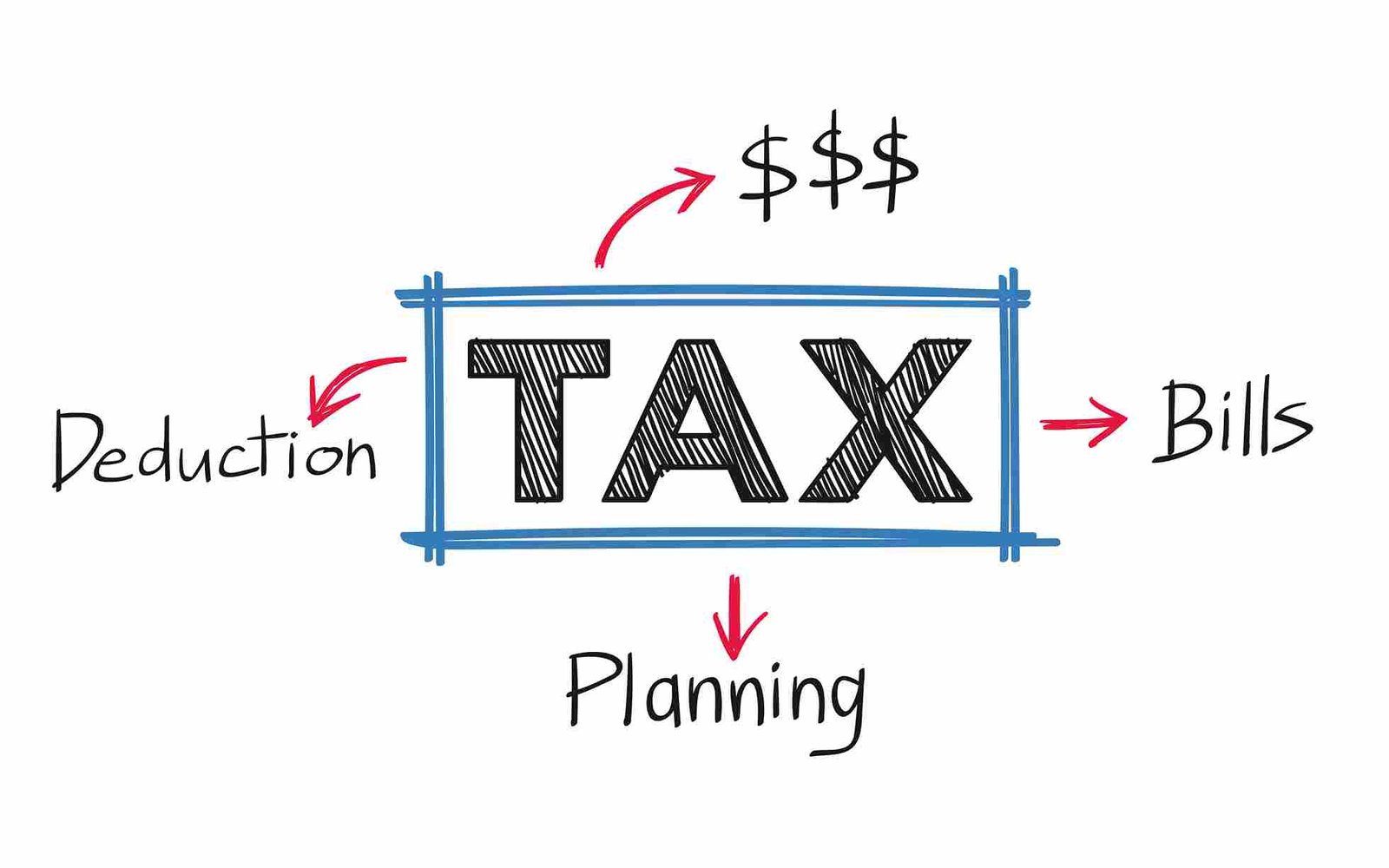
Understanding taxes in India is not always easy. Many people find the income tax structure in India confusing because there are so many rules, forms, and slabs. But if you break it down step by step, it starts to make sense.
This guide is here to explain everything you need to know. From income tax slabs for senior citizens, to GST tax structure in India, to corporate tax in India, you will get a complete picture of the taxation system in India.
If you are looking for practical support, you can explore our services page or reach us directly through the Contact Page .
Let us start with the basics. What is taxation in India. Tax is the money you pay to the government. The money is then used for schools, hospitals, public transport, and other essential needs of society.
There are two main categories of tax:
Both direct and indirect taxes together form the taxation system in India.
The Indian tax system has a clear hierarchy. The structure of income tax authorities starts with the Central Board of Direct Taxes (CBDT). Below it, there are Principal Chief Commissioners, Commissioners of Income Tax, Assessing Officers, and inspectors.
Each officer has a role. For example, some handle assessments, while others manage appeals. This system makes sure the Income Tax Act and rules are followed properly.
If you are planning to launch a business, you can learn more about compliance through our company registration Page .
Tax rules are not the same for everyone. Age matters when it comes to the income tax structure in India.
For example, a senior citizen does not pay any tax up to a higher threshold compared to younger taxpayers. This is the government’s way of giving relief to older citizens who may have limited income after retirement.
You may be wondering, how many types of income tax are there in India. Broadly, there are two:
Both come under the direct tax category. The Income Tax Act and rules define how these are calculated and collected.
Taxpayers need to file returns every year. There are different types of income tax return forms depending on who you are.
Choosing the right return is important. Filing the wrong form can lead to penalties. You can get more clarity on filing through our income Page .
It is also important to know what income is not taxed. Income tax is collected on all types of income except agricultural income in most cases.
For example:
This clarity helps you plan your finances better.
If you are an NRI, your tax rules are slightly different. NRI taxation in India depends on your residential status. The law checks how many days you stayed in India during a financial year.
NRIs also have to file the right return form. Our team at Taxabide helps with NRI filing so you can avoid double taxation.
The tax structure in India after GST became more organized. Before GST, there were many indirect taxes like VAT, excise duty, and service tax. Now they all come under one umbrella: GST.
The GST tax structure in India has four main slabs – 5 percent, 12 percent, 18 percent, and 28 percent. Some goods like essential food items are exempt, while luxury goods are taxed at higher rates.
The tax structure of GST in India ensures that businesses and customers have clarity. It also reduces cascading taxes, where you pay tax on tax.
Companies are also required to pay taxes. This is called corporate tax in India. If you ask, what is corporate tax in India, it is simply the tax charged on the income or profit of companies.
There are two types:
The Income Tax Act and rules define these rates and exemptions. Corporate tax is one of the biggest sources of revenue for the government.
The base of the entire system is the Income Tax Act and rules. Introduced in 1961, this law covers:
The rules are updated every year through the Union Budget. That is why it is important to stay updated with changes in slabs, deductions, and compliance requirements.
Many people find filing returns confusing. Income tax India in filling can be done online through the official income tax portal. The steps are simple:
Filing on time helps you avoid penalties and ensures smooth processing of refunds.
Paying tax is not just a duty but also has benefits. Some of them are:
Even though we explained the basics, the income tax structure in India can still feel overwhelming when you apply it to your personal or business case. From selecting the correct ITR form to claiming exemptions and managing NRI taxation in India, small mistakes can lead to big problems.
That is why many people prefer expert guidance. At Taxabide, we handle everything from corporate tax in India compliance to income tax India in filling. If you need personalized help, check our services page or contact us directly through the contact page.
The taxation system in India covers direct taxes like income tax and corporate tax in India, as well as indirect taxes like GST. It may look complex, but once you know the structure of income tax authorities, the income tax slab for senior citizens, and the tax structure of GST in India, it becomes easier to understand.
Taxes are an important part of life, and handling them correctly gives you peace of mind. Whether you are an individual, a company, or an NRI, the right knowledge and timely filing will keep you on the safe side.
If you still have questions, our team at Taxabide is here to help. Visit our contact page and let us guide you step by step.